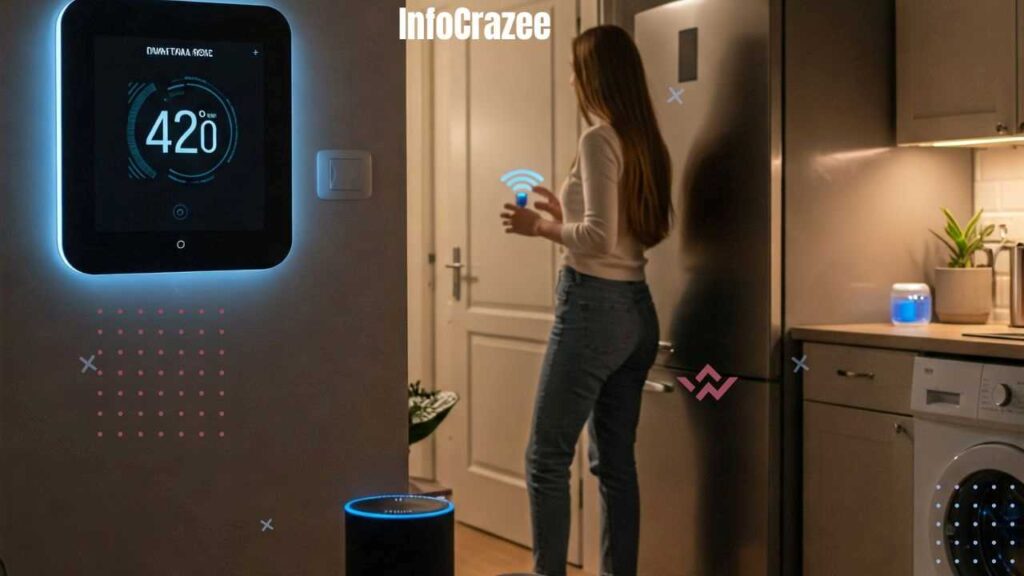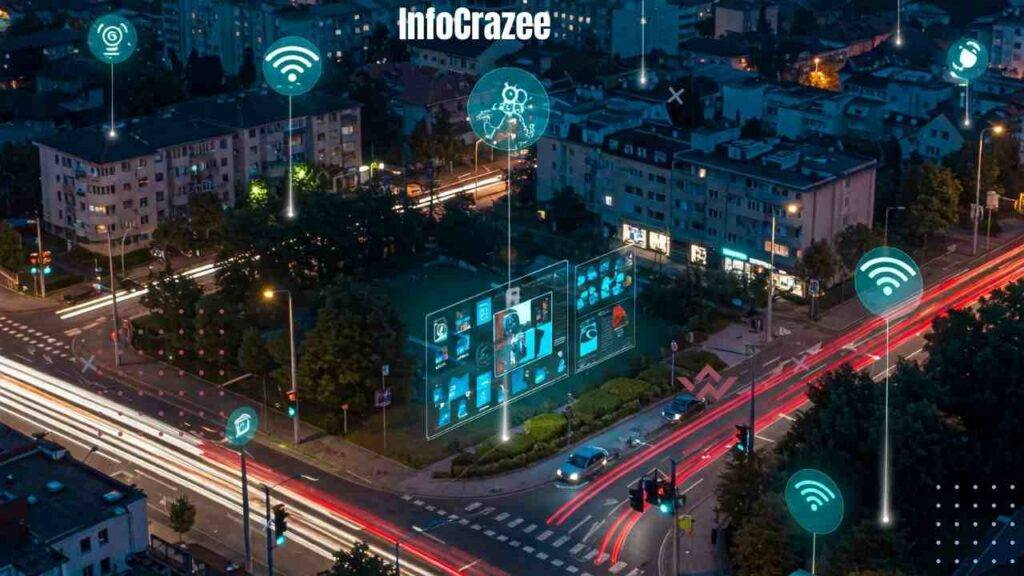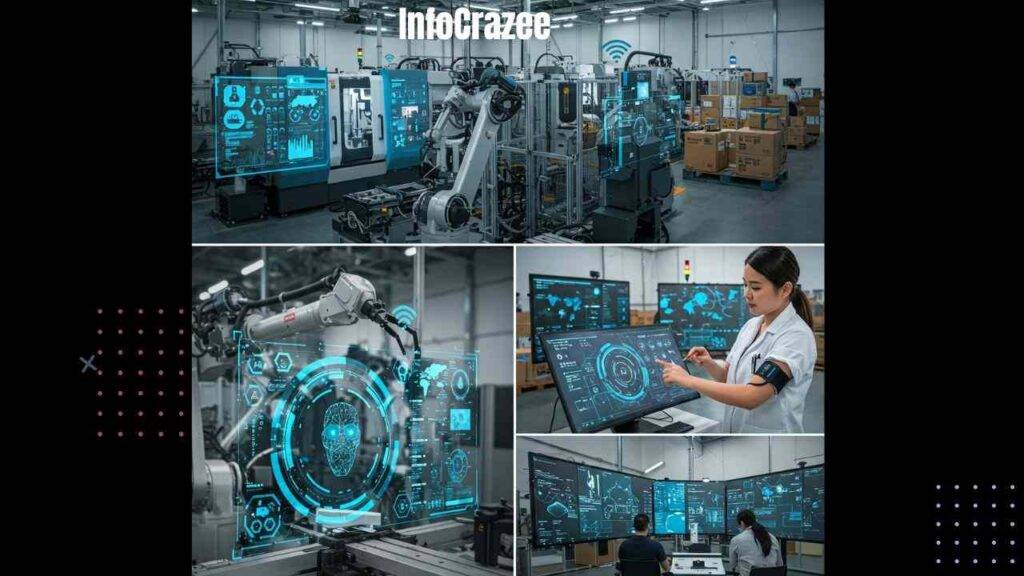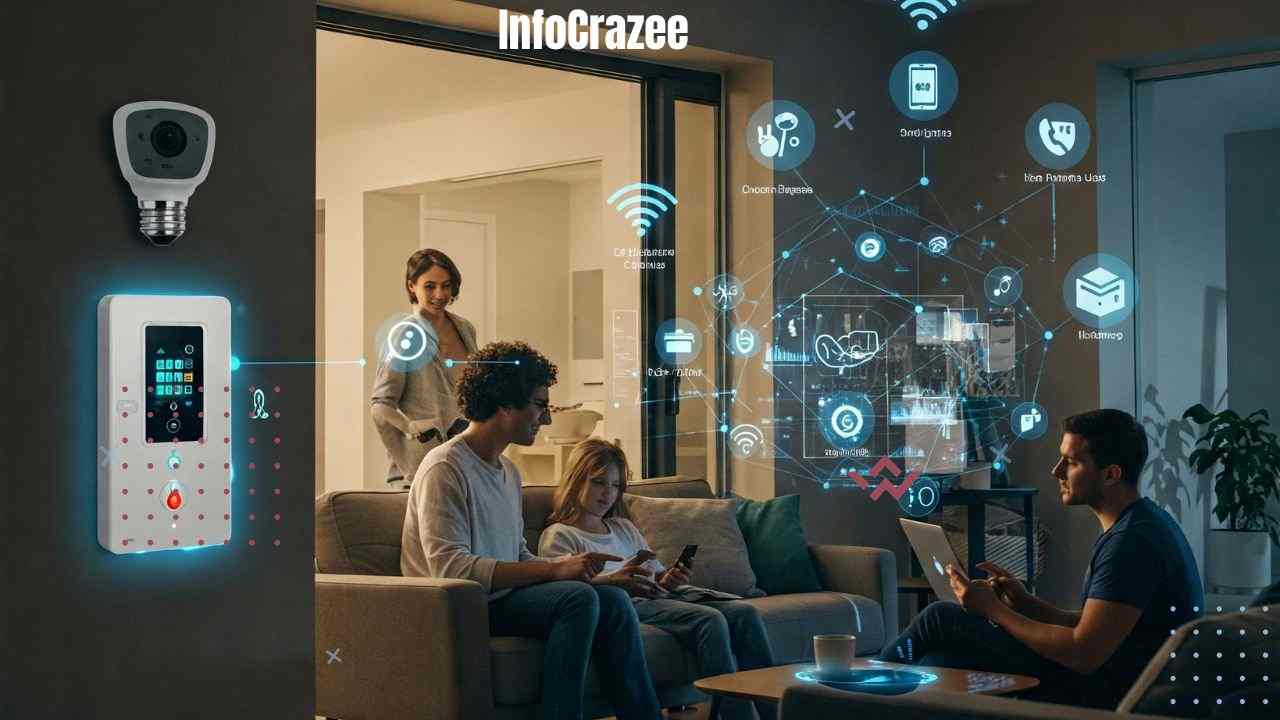How AI and IoT Are Working Together to Shape Our Connected World
Imagine a world where everything—from your fridge to your car—talks to each other, sharing information and making decisions on your behalf. Sounds like science fiction, right? Well, it’s becoming our reality thanks to the powerful combination of Artificial Intelligence (AI) and Internet of Things (IoT).
Together, AI and IoT are transforming how we interact with the world around us, making our homes smarter, cities more efficient, and even industries more productive. Let’s dive into how these two technologies are working together to create a connected world that’s more responsive, convenient, and intelligent.
What Are AI and IoT?
Before we explore how they work together, let’s break down what each term means:
- AI (Artificial Intelligence): This is the ability of machines to mimic human intelligence. It can recognize patterns, make decisions, and even learn from experiences.
- IoT (Internet of Things): This refers to the network of everyday objects (like thermostats, wearables, or cars) that are connected to the internet and can communicate with each other and share data.
When AI and IoT join forces, the result is a world where devices not only collect data but also understand it, analyze it, and make decisions based on it, all in real-time.
How AI and IoT Are Working Together
1. Smarter Homes with AI and IoT
AI-powered IoT devices are making homes smarter and more efficient. Think about your smart thermostat: it learns your daily routines and adjusts the temperature accordingly, so you never have to touch it. But it doesn’t stop there. These devices are getting smarter every day.

- Voice assistants like Amazon’s Alexa or Google Assistant can control your home’s lighting, heating, and even entertainment systems. These assistants rely on AI to understand your commands and IoT to connect with your devices.
- Smart appliances like refrigerators, ovens, and washing machines are now connected to the internet, sending you reminders or letting you control them remotely through your phone. They learn your habits and adapt to make your life easier.
Real-world Example:
Sarah’s smart home is equipped with an IoT-enabled thermostat and lights. The thermostat learns when she’s usually home and adjusts the temperature before she even walks through the door. Meanwhile, her smart lights turn on when she walks into a room and automatically adjust to her preferred brightness. All of this is made possible by the seamless integration of AI and IoT.
2. Efficient Cities Powered by AI and IoT
Cities around the world are becoming “smart” thanks to the combination of AI and IoT. These technologies are transforming urban living by making cities more efficient, safe, and environmentally friendly.

- Traffic management: IoT sensors track traffic patterns, while AI analyzes the data to adjust traffic lights in real-time, helping reduce congestion and improve traffic flow.
- Public safety: Surveillance cameras connected to IoT networks can detect unusual activity, like accidents or crimes, and AI can alert the authorities automatically, speeding up response times.
- Energy efficiency: IoT-enabled streetlights can adjust their brightness depending on the time of day or the presence of pedestrians, while AI optimizes energy usage across the city, making it more sustainable.
Real-world Example:
In Barcelona, the city uses smart waste bins equipped with IoT sensors that alert authorities when they need to be emptied. The data is analyzed by AI to optimize waste collection routes, reducing unnecessary travel and saving energy.
3. Smarter Industries with AI and IoT
The combination of AI and IoT isn’t just transforming homes and cities—it’s also revolutionizing industries.

- Manufacturing: IoT sensors embedded in machinery can monitor performance in real-time. AI analyzes this data to predict when a machine might break down and alert technicians, preventing costly downtime.
- Healthcare: Wearable IoT devices, like fitness trackers, monitor health metrics and send data to AI systems that analyze patterns and predict potential health issues before they become serious.
- Supply Chain: IoT sensors track goods as they move through the supply chain, and AI helps optimize inventory management, predict demand, and ensure timely deliveries.
Real-world Example:
In a factory, IoT sensors track the performance of machines on the assembly line. AI uses the data to predict when a machine is likely to break down and schedules maintenance automatically, minimizing downtime and improving productivity.
How AI and IoT Are Changing Our Daily Lives
These technologies are not only reshaping industries—they’re also making our personal lives more connected and efficient. Whether it’s helping you maintain a healthy lifestyle, getting your groceries delivered faster, or making your home more secure, AI and IoT are working behind the scenes to make your daily routine easier.
- Health and fitness: Devices like Fitbit or Apple Watch track your activity levels, monitor your heart rate, and even detect irregularities. They use IoT to gather the data and AI to analyze it, providing insights into your health and even recommending actions to take.
- Smart cars: Modern vehicles use IoT to collect data about their performance and environment. AI then analyzes this data to improve fuel efficiency, assist with navigation, and even predict when maintenance is needed.
- Home security: IoT cameras and smart locks help keep your home safe. AI-powered systems can recognize faces, detect motion, and alert you of any unusual activity.
FAQs About AI and IoT
1. What are some examples of IoT devices I use daily?
Some common IoT devices include smart thermostats, fitness trackers, smart refrigerators, connected cars, and security cameras. These devices collect data and can be controlled remotely via apps.
2. How do AI and IoT work together?
AI and IoT work together by enabling IoT devices to not just collect data but also analyze and act on it. For example, IoT sensors collect information about traffic, and AI analyzes that data to adjust traffic light patterns in real-time.
3. Will IoT devices get smarter over time?
Yes! As more data is collected and AI algorithms improve, IoT devices will continue to become smarter. They’ll be able to learn from your habits, predict your needs, and offer more personalized experiences.
Wrapping Up
AI and IoT are already making a huge impact on the world around us, and they’re only getting started. Together, they’re shaping everything from how we live at home to how cities operate and industries thrive. As these technologies continue to evolve, the possibilities are endless—and we’re only just beginning to scratch the surface of what’s possible in our connected world.






